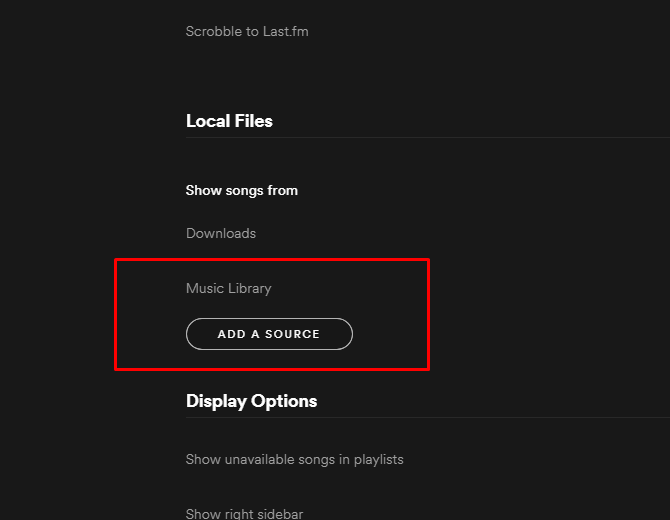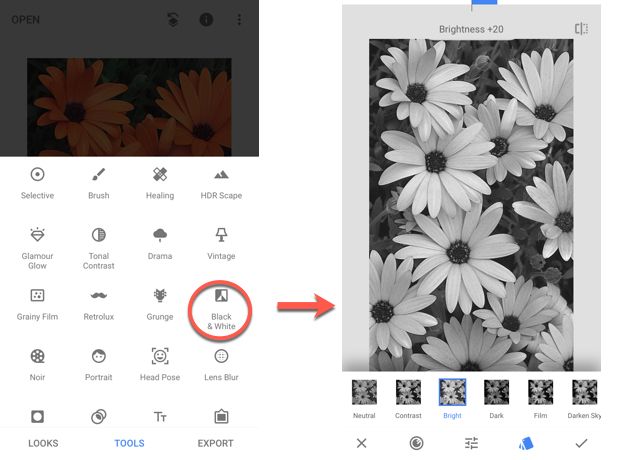Last week at UC Berkeley’s Zellerbach Hall, TechCrunch held its second TC Sessions: Robotics event. It was a full day of panels and demos, featuring the top minds in robotics, artificial intelligence and venture capital, along with some of the most cutting-edge demonstrations around.
If you weren’t able to attend, though, no worries; we’ve got the full event recorded for posterity, along with breakdowns of what you missed below.
Getting A Grip on Reality: Deep Learning and Robot Grasping
It turns out grasping objects is really hard for a robot. According to Ken Goldberg, professor and chair of the Industrial Engineering and Operations Research Department, it’s about forces and torques. He and TechCrunch Editor-in-Chief Matthew Panzarino also discussed what Goldberg calls “fog robotics.” Goldberg differentiates it from “cloud robotics” in that “you don’t want to do everything in the cloud because of latency issues and bandwidth limitations, quality of service – and there are also very interesting issues about privacy and security with robotics.”
The Future of the Robot Operating System
Fetch Robotics CEO Melonee Wise joined fellow Willow Garage ex-pats Brian Gerkey and Morgan Quigley to discuss Open Robotics’ Robot Operating System (ROS) efforts. The team is working to design and maintain an open and consistent framework for a broad range of different robotic systems.
Eyes, Ears, and Data: Robot Sensors and GPUs
NVIDIA Vice President Deepu Talla discussed how the chipmaker is making a central play in the AI and deep learning technologies that will drive robots, drones and autonomous vehicles of the future.
The Best Robots on Four Legs
Boston Dynamics CEO Marc Raibert announced onstage that the company’s 66-pound SpotMini robot will be available for purchase by the normals in 2019. Yes, one day you, too, will be able to have a dog robot perform services for you at the office or home.
Old MacDonald Needs a Robot
Agriculture is one of the next major fields for robotics, and we brought together some of the top startups in the field. Dan Steere of Abundant Robotics, Brandon Alexander of Iron Ox, Sébastien Boyer of Farmwise and Willy Pell of John Deere-owned Blue River Technology joined us on stage to discuss the ways in which robotics, artificial intelligence and autonomous systems will transform farm work in fields and orchards.
Teaching Robots New Tricks with AI
Pieter Abbeel is the Director of the UC Berkeley Robot Learning Lab and the co-founder of AI software company, covariant.ai. In a broad ranging discussion, Abbeel described the techniques his lab is using to teach robots how to better interact in human settings through repetition, simulation and learning from their own trial and error.
Can’t We All Just Get Along?
Ayanna Howard of Georgia Tech, Leila Takayama of UC Santa Cruz and Patrick Sobalvarro of Veo Robotics took part in an exploration of the ways in which humans and robots can collaborate in work and home settings. Getting there is a mix of safety and education on both the humans’ and robots’ behalf.
Demos from 254 Lockdown, 1678 Citrus Circuit, Pi Competition: Hercules
Robotics teams from Bellarmine College Preparatory, Davis High School and Hercules High School took to the stage before lunch time to show us what they have been working on. Each team built robots designed to tackle various tasks and the results are impressive.
Venture Investing in Robotics
Renata Quintini of Lux Capital, Rob Coneybeer of Shasta Ventures, and Chris Evdemon of Sinovation Ventures all discussed the excitement around startups venturing into the robotics industry, but were also quite candid about the difficulty robotics founders face who are unfamiliar with a particular industry that they hope could reshape their innovation.
Betting Big on Robotics
Andy Rubin has had a lifelong fascination with robotics. In fact, it was his nickname during his time at Apple that gave the Android operating system its name. After a stint heading a robotics initiative at Google, Rubin is using his role as a cofounder of Playground Global to fund some of the most fascinating robotics startups around. In a one-on-one discussion, Rubin talked about why robotics are a good long- and short-term investment, and why one particular long-legged robot could be the future of package delivery.
From the Lab Bench to Term Sheet
This cute little robot from Mayfield Robotics can blink, play music, turn its head and recharge itself. It can also just stay put to take pictures of you and live-stream your daily life. Yep. It watches you. Its name is Kuri and it can be your little buddy to always remind you that you never have to be alone.
Agility Robotics demonstration of Cassie
Agility Robotics’ bipedal humanoid robot was designed with bird legs in mind. But it wasn’t yet designed with arms. The company’s CTO Jonathan Hurst says those are to come. It’ll cost you $35,000 when it’s in full production mode. Custom deliveries started in August 2017 to a select few universities — University of Michigan, Harvard and Caltech, and Berkeley just bought its own. Although we didn’t see an example of this application, Cassie can apparently hold the body weight of a reasonably sized human.
Autonomous Systems
Safety has long been the focus of the push toward self-driving systems. Recent news stories, however, have cast a pall on the technology, leading many to suggest that companies have pushed to introduce it too quickly on public streets. Oliver Cameron of Voyage and Alex Rodrigues of Embark Trucks joined us to discuss these concerns and setbacks, as well as how the self-driving industry moves forward from here.
Teaching Intelligent Machines
NVIDIA is working to help developers create robots and artificial intelligent systems. Vice president of Engineering Claire Delaunay discussed how the company is creating the tools to help democratize the creation of future robotics.
The Future of Transportation
Chris Urmson has been in the self-driving car game for a long time. He joined Google’s self-driving car team in 2009, becoming head of the project four years later. These days, he’s the CEO of Aurora, a startup that has logged a lot of hours testing its own self-driving tech on the roads. Urmson discussed the safety concerns around the technology and how far out we are from self-driving ubiquity.
Demos of RoMeLa’s NABi and ALPHRED
Humans are bipedal, so why is it so hard to replicate that in a robot, asks Dennis Hong, professor and founding director of RoMeLa (Robotics & Mechanisms Library) of the Mechanical & Aerospace Engineering Department at UCLA. One of the reasons he said is because the distance between the left and right legs creates a twisting movement that renders forward and backward movement difficult. The resolution is to have them walk sideways. No twisting. So the team developed NABi (non-anthropomorphic biped), a bipedal locomotion robot with no “feet” or “shins.” To extend the admittedly limited functionality of NABi, the team then created ALPHRED (Autonomous Legged Personal Helper Robot with Enhanced Dynamics). ALPHRED’s limbs, as the team calls them (“not legs, not arms”), form to create multimodal locomotion, because of its multiple types of formations.
Building Stronger Humans
The BackX, LegX and ShoulderX from SuitX serve to minimize the stress we humans tend to place on our joints. We saw the application of these modules onstage. But infinitely more impressive during the conversation with company co-founder Homayoon Kazerooni was the application the audience saw of the company’s exoskeleton. Arash Bayatmakou fell from a balcony in 2012 which resulted in paralysis. He was told he would never walk again. Five years later, Arash connected with SuitX, and he has been working with a physical therapist to use the device to perform four functions: stand, sit and walk forward and backward. You can follow his recovery here.
Read Full Article














 “What we are doing is getting rid of [paper] notebooks for quality, safety and maintenance and providing a digital guide on how to capture work with the objective of increasing efficiency, reducing safety incidents and increasing quality,” Whittle explained.
“What we are doing is getting rid of [paper] notebooks for quality, safety and maintenance and providing a digital guide on how to capture work with the objective of increasing efficiency, reducing safety incidents and increasing quality,” Whittle explained.







 Since the devices send their GPS coordinates directly to each other, the team created a special compression algorithm just for that data — because if you want fine GPS, that’s actually quite a few digits that need to be sent along. But after compression it’s just a couple bytes, making it possible to send it more frequently and reliably than if you’d just blasted out the original data.
Since the devices send their GPS coordinates directly to each other, the team created a special compression algorithm just for that data — because if you want fine GPS, that’s actually quite a few digits that need to be sent along. But after compression it’s just a couple bytes, making it possible to send it more frequently and reliably than if you’d just blasted out the original data.